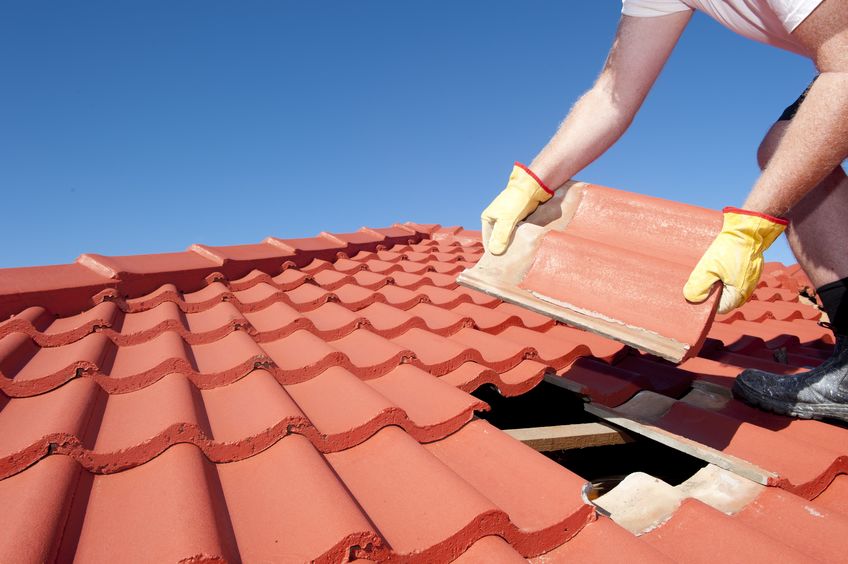Determining what you have to do when your roof has suffered damage is a very important part of responsible roofing. Whether you have just installed a brand new roof on your home, or you’ve been planning to replace your old roof for a long time, making the right assessment can be crucial – both for your peace of mind and for your wallet’s sake.
- Assess the Roofing Damage
The first step to take when you’re trying to determine whether or not you need roof repair or replacement is to assess the damage your roof has sustained and determine whether any measure might be necessary in the first place. This can be somewhat tricky, since you won’t immediately know what is involved with this step – at least not until you physically climb up on a ladder or send a drone up to assess the situation.
In most cases, if your roof is leaking, and you don’t have much technical knowledge of how roofing systems are built or how to tackle the situation in a practical and timely fashion, then it’s best to call in Panama City roofing professionals right from the start, and have them perform a full roofing inspection. Otherwise, if the damage is more subtle, or if just a few roofing shingles fell down to the ground, then you might be able to assess the situation and determine the next step on your own.

- Should You Call a Roofer?
Sometimes the damage is minimal or extensive enough that you are able to determine whether or not you have to repair or replace your roof. If a hurricane hit your home, for instance, and there are huge gaps in your roof, or if a large part of it was damaged by water or fire, then you definitely have to replace it. On the other hand, if you just have a few missing shingles, you might be able to replace them yourself and repair your roof without help from local roofing experts.
Calling a local roofer is required when the damage is unclear, or when you can’t determine whether the surface damage is the full extent of the problem. Sometimes a leaky roof has more to do with gaps in the interior structure of the roof, rather than just a problem with the flashing or with some cracked shingles that you could normally replace quite easily.
Be careful, however, of storm chasers! Some roofing contractors actually chase around after storms and try to get employed by distraught homeowners who are desperate for some quick and affordable roofing support. Even if a deal offered by a local roofer seems to be great, always take it with a grain of salt and make sure you do some research to find out if that particular roofer is licensed, and if they have good feedback from the Better Business Bureau.
- Working Together with Your Local Roofing Expert
A local roofer is your best chance at getting to the bottom of the problem and making sure you make the right decision regarding your roof. Once you call in a roofer, they will evaluate your roof and present you with the details of what needs to be done, how long it will take and how much it will cost. Once all that is taken care of, it will be up to you to determine whether you want them to take up the project or not.


